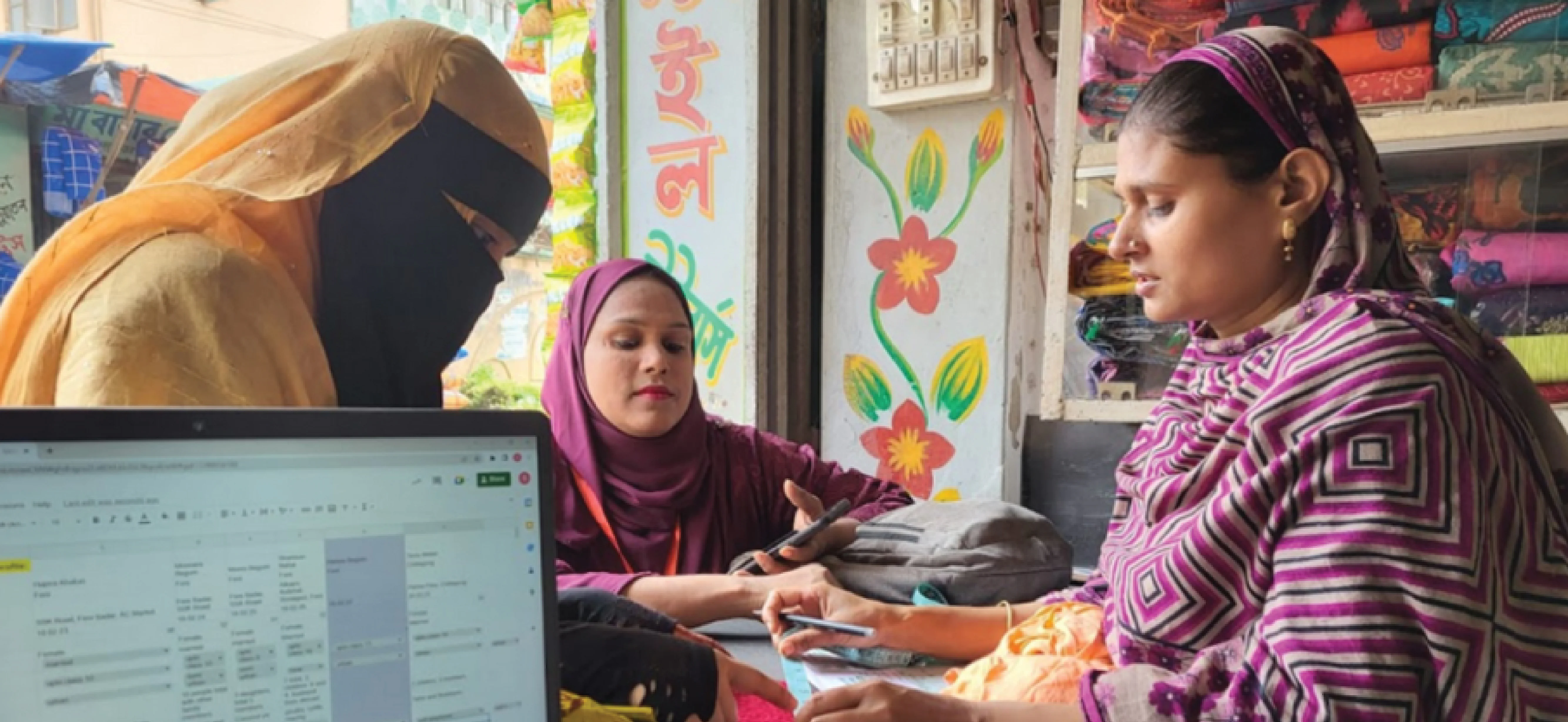The banking sector has played a crucial role in Bangladesh’s economic development by supporting businesses and fostering growth. The industry has expanded significantly over the past 30 years due to government initiatives that promote financial inclusion through MSME finance, agri-credit, and microcredit.
Despite all these achievements, the banking sector has been facing significant challenges, including irregularities, embezzlement, and a lack of effective governance.
Bangladesh struggles with a high rate of non-performing loans (NPLs) and ranks low on the financial inclusion index even though it has many banks and financial firms. Many people, especially from the low- and moderate-income groups in rural and semi-urban areas, are still unbanked or underbanked.
Bangladesh Bank recently warned that it would no longer provide unlimited liquidity support and expected banks to manage their finances carefully to maintain public trust.
The bank has introduced the Prompt Corrective Action (PCA) framework to address these issues. This framework requires banks to take corrective actions based on indicators, such as Capital-to-Risk Weighted Assets Ratio (CRAR), NPLs, and corporate governance.
Bangladesh Bank has also proposed a roadmap for bank mergers to improve stability and efficiency in the sector. These initiatives are part of the country’s efforts to maintain macroeconomic stability and continue receiving loan disbursements from the IMF.
Capital injection and mergers are viable options for struggling banks. New shareholders can provide additional capital, while mergers can help consolidate resources.
However, these banks must handle mergers carefully, as these can adversely impact low-income customers in rural and urban areas who have recently started to access formal financial services.
Mergers can be troublesome if not handled well. The lack of transparency surrounding their causes and the resulting uncertainty have already led to a loss of depositors’ trust.
Recently, panicked bank depositors withdrew money from their accounts after merger announcements indicated a shift toward holding cash outside the banking system. This erosion of trust and high inflation can further exacerbate the move toward a cashless economy.
This can reduce the local currency’s purchasing power and make financial transactions ineffective.
The acquiring bank’s more conservative lending approach may tighten credit policies and affect borrowers associated with weaker banks. Such changes can limit access to vital funds for low- and moderate-income customers, who often rely on flexible lending terms.
Mergers can disrupt the established relationships between customers and their local branches, especially if the acquiring bank shifts its focus toward larger corporate clients. Additionally, the amalgamation of different banking software and interfaces can lead to temporary inconvenience.
The integration process can lead to changes in account procedures, branch closures, or service disruptions. These disruptions can be particularly challenging for low-income customers who may lack easy access to alternative financial services. Employment in the MSME sector may suffer if entrepreneurs cannot access funds to continue business as usual.
The following measures will be critical to mitigate the adverse impact of forced mergers on low-income customers:
1. Ensure transparency: Communicate the merger’s processes and objectives to build confidence among depositors.
2. Assess asset quality: Assess the asset quality of weak banks before a merger to protect the interests of strong banks and depositors. This will prevent the transfer of bad assets to healthier banks, which can undermine the entire banking sector.
3. Develop detailed guidelines: Create comprehensive guidelines on mergers and acquisitions based on exemplary international practices. These guidelines should outline a clear roadmap for banks to ensure a smooth merger process.
4. Prioritise low-income customers: Ensure that the merger process does not disproportionately affect low-income customers’ access to financial services. Special measures should be taken to protect their interests and maintain their trust in the banking system.
5. Implement strong corporate governance: Apply robust corporate governance measures to address the root causes of the banking sector’s problems, such as the spike in bad loans and the culture of wilful defaulting. This can help restore confidence in the sector and ensure its long-term stability.
6. Provide policy support and liquidity assistance: Provide policy support and liquidity assistance to help banks integrate smoothly during mergers and maintain stability in the sector.
Well-managed mergers can strengthen the banking sector, contribute to Bangladesh’s development agenda, promote formal banking among MSMEs, and ultimately contribute to long-term economic growth and prosperity.
The new government and leadership at the Bangladesh Bank make now an ideal time to revisit and strengthen banking reforms. These reforms should include effective governance and informed decision-making for a healthy recovery of the financial system.
The article was first published on the TBS News website on 7th November 2024.















